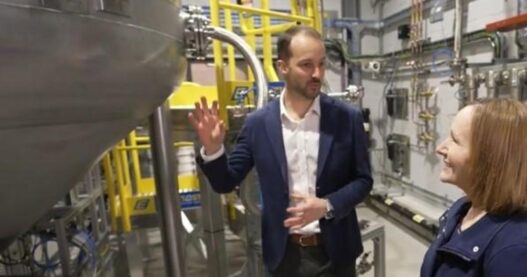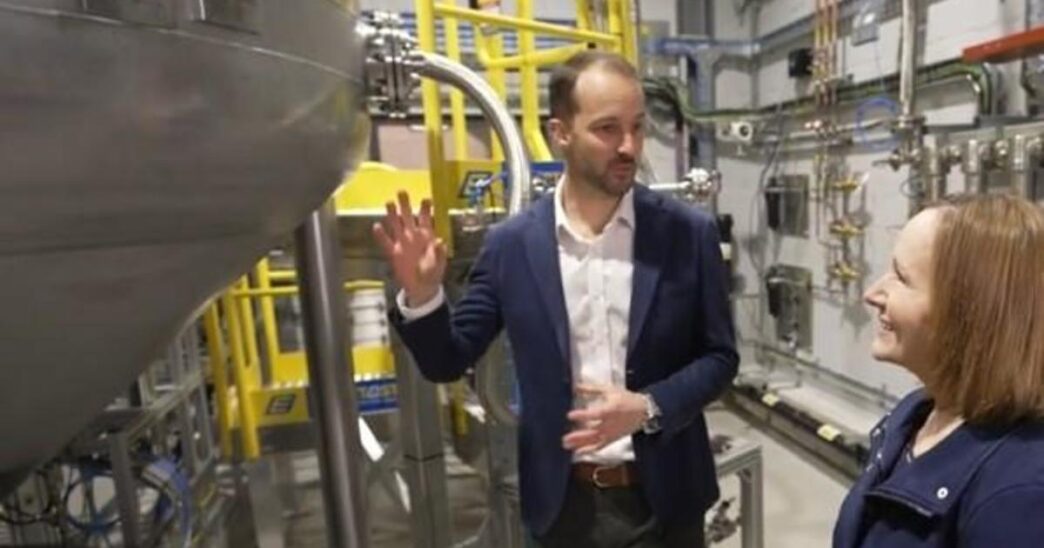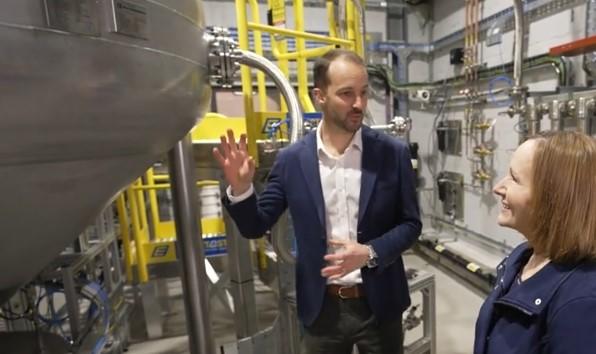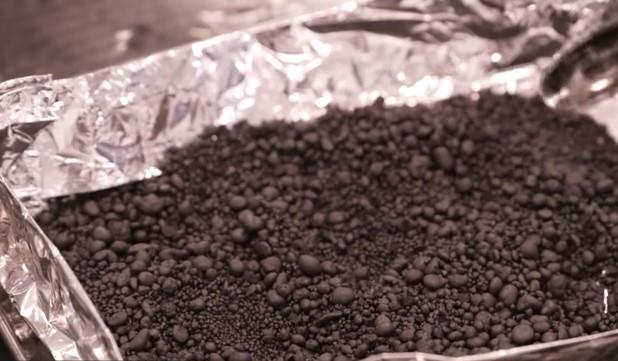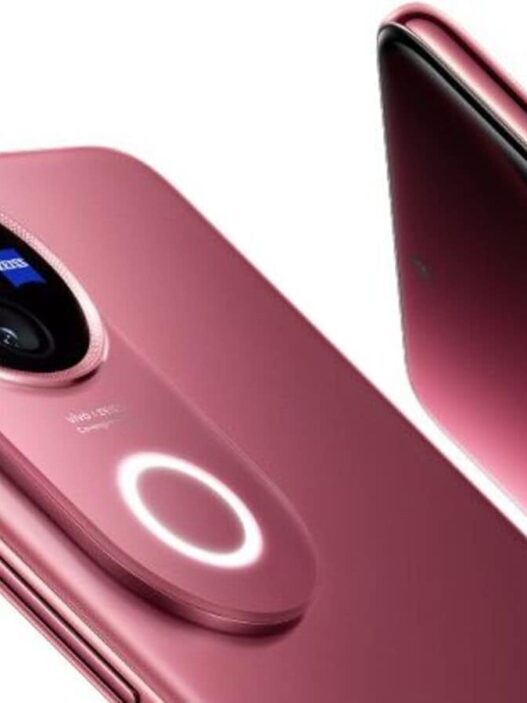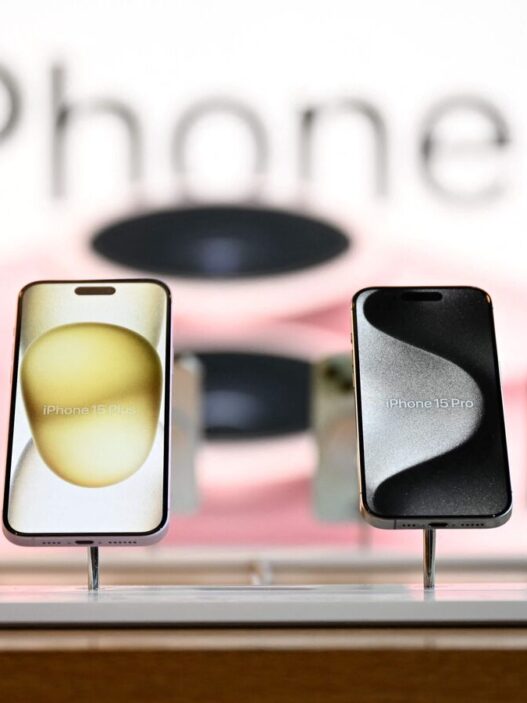CBS News
Cambridge, England — Scientists have long said cutting methane emissions is key to addressing climate change, but many big industries aren’t readily able to curb their production of the harmful greenhouse gas. A British company says it has an answer: Turn methane into something else.
Methane is a menace. Climate scientists say the invisible gas warms the Earth’s atmosphere 84 times faster than carbon dioxide. It’s released into the atmosphere by organic material, such as food waste, rotting at landfill sites, sewage treatment facilities and by the digestive systems of cows.
Levidian — a climate tech business in Cambridge, England — set out to tackle this climate change challenge, by giving methane a makeover.
“The magic happens in here,” the company’s CEO John Hartley told CBS News as he led our team on a guided tour of Levidian’s patented LOOP system — a machine with a giant metal hopper shaped like a balloon.
The technology uses microwave energy and a special nozzle system to split methane molecules into the gas’ component parts — hydrogen and carbon — and captures them.
Hydrogen is increasingly sought after, as it can be used to power factories, trucks, ships and other machinery. Levidian said it’s a clean fuel, because, when burned, it yields heat and energy, but the only emission is water vapor, no carbon dioxide.
The carbon from the broken-down methane, meanwhile, falls into the hopper as a solid called graphene, which has been known to science for only about two decades and which is often touted as the strongest material in the world.
Dr. Ellie Galanis, head of commercial development at Levidian, was keen to show off a harvest of graphene from the LOOP hopper at the company’s lab.
“It’s such an exciting time to be involved in graphene,” said the self-described “graphene geek,” shaking a cube filled with black, powder-like material. “It’s awesome.”
CBS News
Galanis and her team have been busy working on ways to use the graphene Levidian produces to boost the durability of everyday products.
“When you put graphene into the tire tread, you can make it stronger. You can make it last longer and you can make it more fuel efficient,” she said of one application.
They have also tried adding it to concrete.
“Without graphene, it tends to crumble a lot easier, but with graphene it’s much stronger,” she said.
The super-strong but flexible material can even be included in the manufacture of medical gloves.
“When surgeons do the ‘snap test,’ they’re trying to check if it will break, and that doesn’t happen when you add graphene in — it makes them much stronger and more puncture resistant,” she told CBS News.
Scientists say graphene also helps boost battery life in electric vehicles, and it can be mixed into plastic to help manufactures use less petroleum-derived materials in their bottles.
Researchers only discovered graphene 20 years ago, at the University of Manchester, and Levidian sees years of growth ahead for the product.
“When you get in your car, you will have graphene enhanced tires that last longer. The battery in that car, if it’s electric, will take you further because it will have more capacity to charge faster, and the concrete you use in the building you go into will be more durable and have a smaller carbon footprint,” she predicted, adding that even “the clothes that you wear might have graphene in them so they’re more sustainable.”
Levidian says its LOOP system has now reached the U.S., with Georgia-based cable maker Southwire using it to reduce its carbon footprint.

